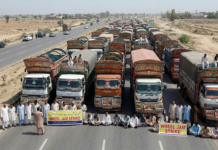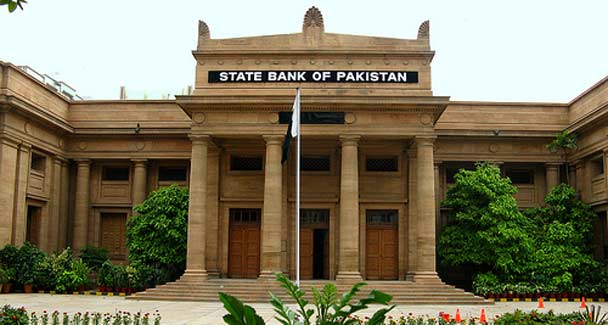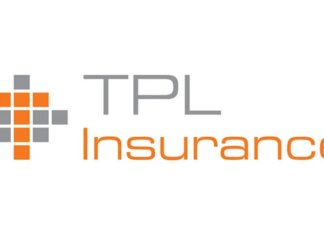KARACHI
The growth in real GDP remained on its upward trajectory, and increased to a decade-high of 5.3 per cent in fiscal year 2016-17, it was revealed by State Bank of Pakistan in its third quarterly report on the State of Pakistan’s Economy released on Friday.
Economic indicators like private sector credit and investment also posted encouraging picture, whereas inflation remained below the target.
The report also highlighted the revival in the agriculture sector during 2016-17, which was supported by favorable policy measures, including subsidy on fertilizer, reduction in sales tax on tractors, and increased access to finance. Better agriculture had, in turn, positive spillover for trade and manufacturing sectors, as argued by the Report. Further, PSDP and CPEC-related activities also continued to boost construction related industries.
The overall improvement in business sentiments along with supportive policies (historic low interest rate, high infrastructure spending and better law and order) has encouraged a number of firms to pursue expansion plans, as observed by the SBP report.
This was reflected in a significant surge in private sector credit off-take during 2016-17, with a sizable share of fixed investment loans. At the same time, an increase in machinery imports was also noted.
The report also mentions the decline in exports and worker remittances, which along with the increase in imports led to a higher current account deficit as compared to the last year. On the financing side, the official external inflows in Jul-Mar 2016-17 stood around the same level as last year, while both FDI and FPI inflows increased. Although SBP’s FX reserves declined during this period, these are sufficient to comfortably finance more than four months of imports.
Regarding fiscal situation, the report observes an increase in the fiscal deficit to 3.9 per cent of GDP during Jul-Mar 2016-17. The expenditure side of the fiscal operations remained well-managed with a contained growth in current expenditure and a robust growth of about 15 per cent in the development expenditures. However, growth in tax revenues remained less than the target.
The report also underscores the importance of sustainable levels of current and fiscal accounts in order to maintain the prevailing growth momentum, and hard-earned economic stabilization.























